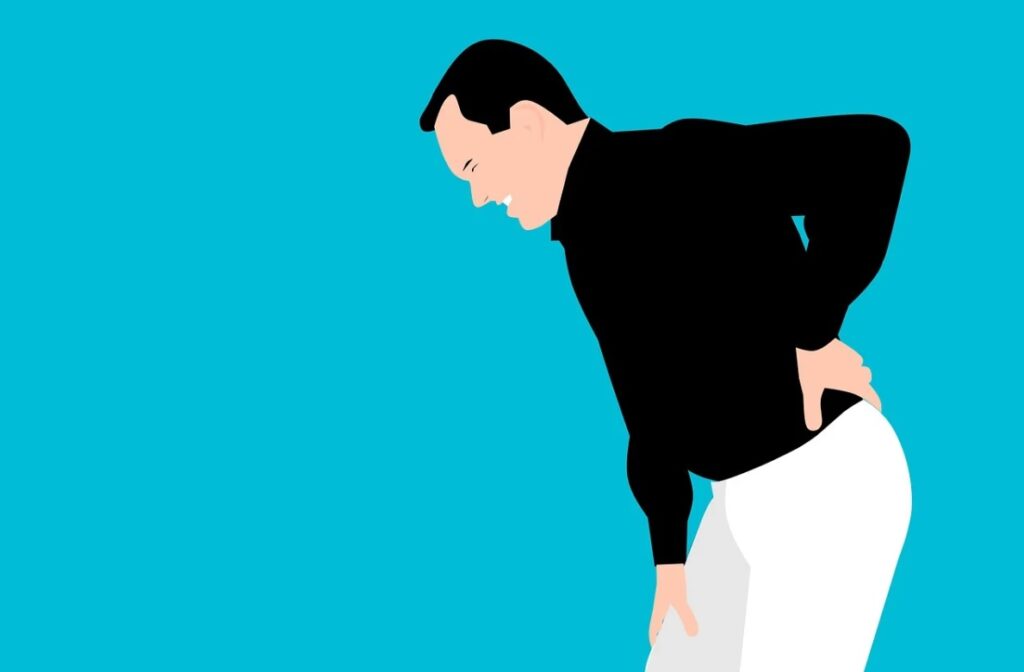A spinal cord injury can be very traumatic to a person and their immediate family members. In worst cases, it can cause paralysis with consequences leading to job loss, high medical expenses, long-term therapy, and home modifications to make it handicap accessible.
There are different types of spinal cord injuries, which are considered catastrophic injuries, and therefore you can file for claims and compensations. But this depends on the cause of injury. An experienced personal injury lawyer focusing on spinal cord injury cases can help determine the eligibility of a claim.
What qualifies as a spinal cord injury case?
The most common causes of spinal injuries include motor vehicle accidents, sports activities, acts of violence, and accidental falls. However, not all of these can be eligible for compensation. A spinal cord injury lawsuit is a hard case to build because it must pass specific qualifications before it can be considered a solid case.
To know if a situation qualifies, you must first ask the following questions:
- Who caused the injury?
- Can the party who caused the injury afford to pay for compensation?
- Do you have sufficient evidence that the other party caused the injury?
Spinal cord injuries can make it difficult for lawyers to build up evidence because of the fragile condition of the client. For instance, injuries leading to tetraplegia (complete inability to move upper and lower parts of the body) can affect their client’s speech capabilities. This makes it difficult for lawyers to ask for the information necessary to build a stronger case. Spinal cord injury lawsuits require the full support of the victim’s family to help prepare the case.
Below are some examples of situations that qualify for a spinal cord injury lawsuit.
Medical negligence
There are instances when doctors or nurses themselves can be the cause of the spinal cord injury. These unfortunate situations can be surgical errors, improper diagnosis, failure to provide timely treatment, wrong medications, and other negligent acts.
To qualify for a spinal cord injury lawsuit, the lawyer must provide evidence of medical malpractice. The case should establish that the doctor should give a certain standard of care but failed to do so.

Slip and fall accidents
Falling accidents are some of the most common causes of spinal injuries. What makes a fall incident qualify for a lawsuit? Suppose a fall happens in a commercial, public, or corporate establishment due to slippery floors or tripping hazards. In that case, the property owner may be liable if they fail to put up proper warning signs, safety railings, and other types of safety equipment.
In some cases, slip and fall accidents can also be job-related. The jobs most common to these accidents are construction workers, movers in warehouse operations, and even waiters. Workers can often file a compensation claim, but in some instances, the employee can sue if there is evidence of negligence on the company’s part.
Violent acts
Any form of violent acts leading to a spinal cord injury can qualify for a lawsuit. The assaults may include a gunshot, blunt force trauma, cut by a sharp object, or being pushed down from an elevated location. In such cases, lawyers must establish that the offender intentionally performed the violent act and there is solid evidence or witness of this assault.
Most assault victims only seek justice through criminal persecution. As a victim of assault, you are allowed by law to seek compensation for financial damages, which covers medical expenses, home care during recovery, loss of income, and emotional and mental injuries.
How long does a spinal cord injury lawsuit get resolved?
Spinal cord injury lawsuits can drag on for several months to years. The victim and family need to prepare for a lengthy fight if they reject a settlement. Complicated cases usually take longer to resolve as the parties file motions back and forth and wait for court decisions.
Some cases of spinal cord injuries, mainly slip and fall cases, end up in settlement even before it reaches the courtroom. Depending on the type of injury, the settlement amount can go between several thousand dollars to over a million. However, more severe cases, such as assault and medical negligence, almost always end in the courtroom.
